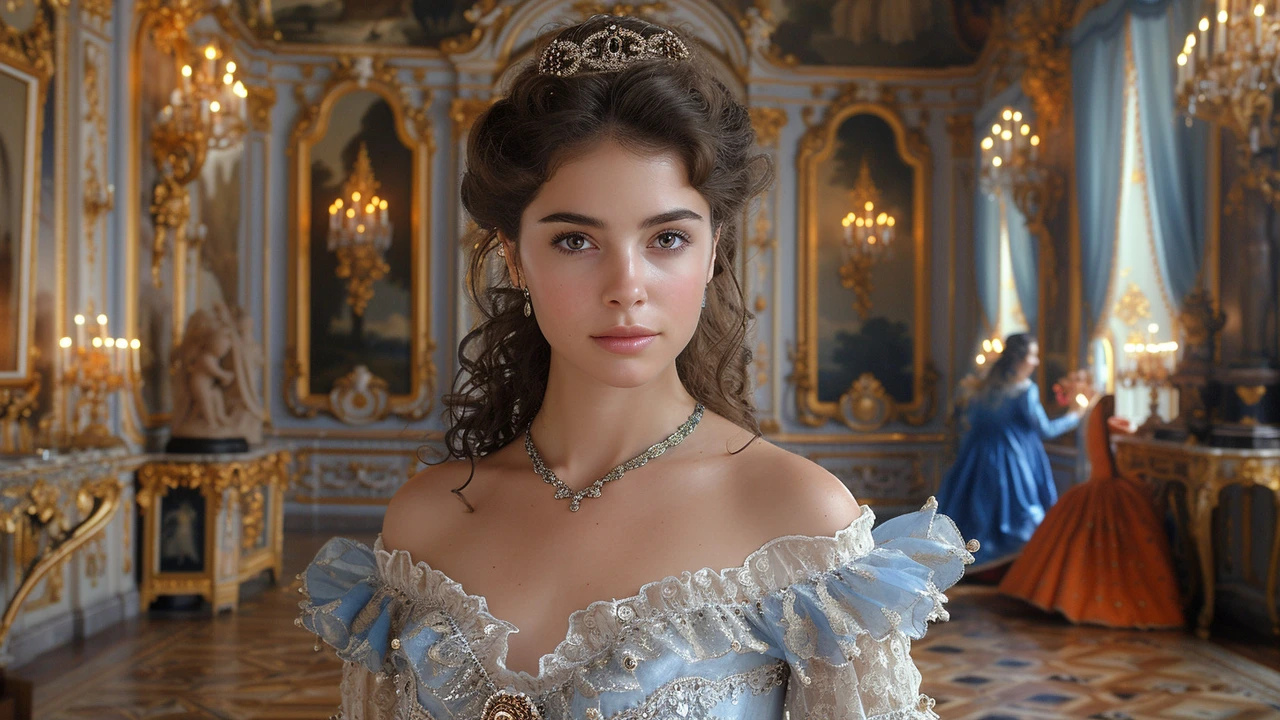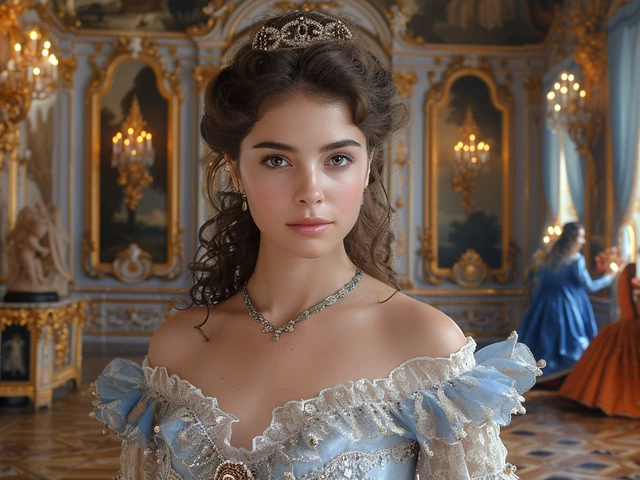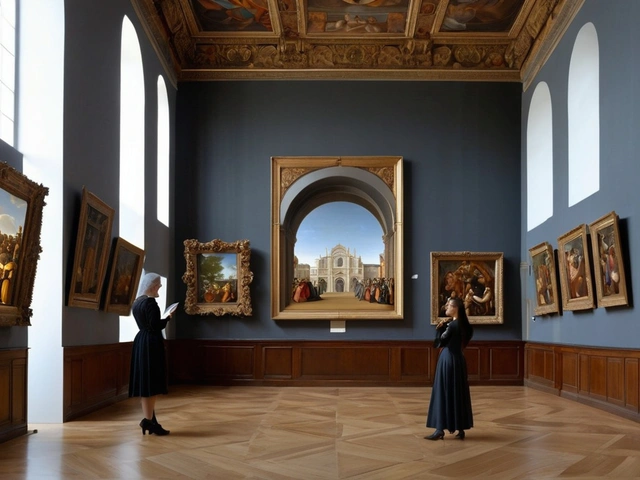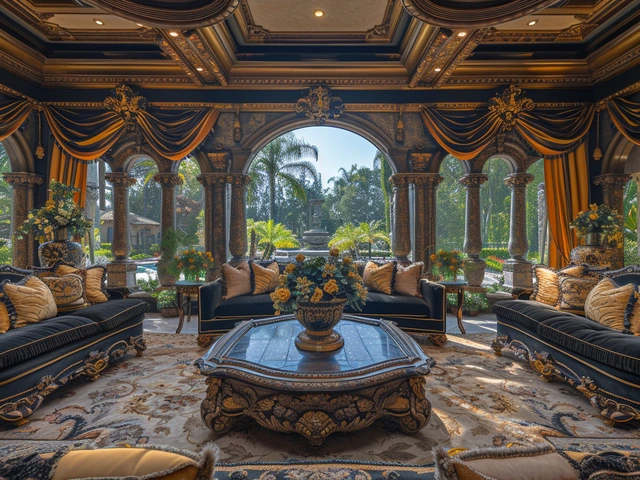Understanding the Beauty of Rococo
One of the most beautiful and intricate aesthetics that ever graced European culture is Rococo. I remember the first time I came across it; I was astounded by the dizzying details, the frivolous charm, and the sheer romanticism that it exuded. Being a lover of all things art and history, I took it upon myself to delve deeper into this ornate world. I quickly discovered that its beauty was not merely skin deep, but a representation of a specific period of time, its people and their minds. Rococo, my dear readers, is not just a style; it is a storytelling medium, one that is resplendent with details and harboring an intriguing history.
The Dawn of Rococo: Rewinding the Hands of Time
In order to truly understand Rococo, we need to travel back in time—to the 18th century to be precise. It was a time when France was experiencing a cultural bloom and the center of this bloom was the Court of Louis XV. Rococo developed as a counter to the formality and grandeur of Baroque. Interestingly, the term "Rococo" itself is a blend of French words ‘rocaille’ (meaning rock) and ‘coquille’ (meaning shell), which are intrinsic decorative elements of the style. Imagine an aesthetic that seamlessly blends natural elements and ornamented grandeur into a swirling vision of elegance and charm—that's Rococo for you.
Characteristics of Rococo: An Artisan’s Playbook
Rococo is an artisan's dream come true. With spiraling lines, asymmetrical forms, copious amounts of gold, and lavish, frivolous detailing, the style embodies richness. Nature plays a central role in Rococo; whether they are active scenes with playful cherubs or extensive landscape views, everything is extensively detailed and romanticized. Curves are another significant characteristic, be it the "S" curve or the "C" curve, they lend a fluid and dynamic motion to the scenes. This movement is often underscored by the use of light colors, soft lighting, and airy atmospheres.
This style is not confined to painting alone. Rococo seeped its way into architecture, decorative arts, sculpture, and even furniture design—imagine the excess of detail, and then imagine living within it! However, even under this spectacle of ornamentation, function never compromised. This is best reflected in furniture design where forms were intricate yet ergonomic, every detail carved with both aesthetic and functional implications in mind.
Deeper Into the Labyrinth of Rococo: Hidden Symbolisms
What I find fascinating about Rococo is how it is a reflection of the society of its time. Amidst its intricate charm, Rococo also harbors a deeper symbolism that is often overlooked. The style in its entirety is a celebration of love, leisure, and arts, echoing the cultural prosperity and tranquility of the period. It is also subtly steeped in political narrative, often depicting the aristocracy in idyllic leisure activities, thereby presenting an image of a content and harmonized society.
We often see pastoral settings, signifying contentment and abundance. Cherubs, who are blissfully entwined within the designs, symbolize love and passion. In a way, it encapsulates the fantasy world that society strived for—intricate, beautiful, and without a care in the world. A stark contrast to the Neo-Classicism that followed, fully entrenched in reality. The Rococo world was a utopia, one drawn out by artists' skilled hands and visionaries' vivid imaginations.
It's amusing to note that my beloved pet, Alfred, the Boxer, shares a peculiar inclination towards Rococo style furniture. I realized it when one day, observing his favorite resting spots, I found them to be the opulent, ornately carved Rococo inspired furniture pieces. It's no small wonder, considering how the plush detailing and soft, curving forms provide a cozy snuggle haven for my canine life-partner.
Rococo Today: A Dash of the Past in the Present
Rococo continues to impact our lives, centuries later. It influences everything from fashion to interior design, from graphic design to digital art. Its characteristic ornamental detailing, pastel hues, and gold accents can inspire jewels of creativity. Everything from a wallpaper design, iPhone case, to even haute couture fashion go heavy on Rococo influences.
Even Bradley, my spouse, who has a keen interest in graphic design, found himself drawn towards incorporating Rococo elements into his work. It's captivating to watch him fall in love with the intricacies of Rococo, the same way I did. Perhaps, that's the charm of Rococo—it's intricate, it's complex, but it's utterly romantic—all at once.
In my view, digging deep into the heart of Rococo, acquainting oneself with its intricacies, and observing the way it continues to shape our present is an immensely satisfying journey. I hope this article inspires you to look more closely at its swirling lines, hidden symbols, and delicate curves, for the Rococo aesthetic is not just to be observed, but absorbed and understood.





